The secret to success for restaurants, according to Britain’s longest-running venues
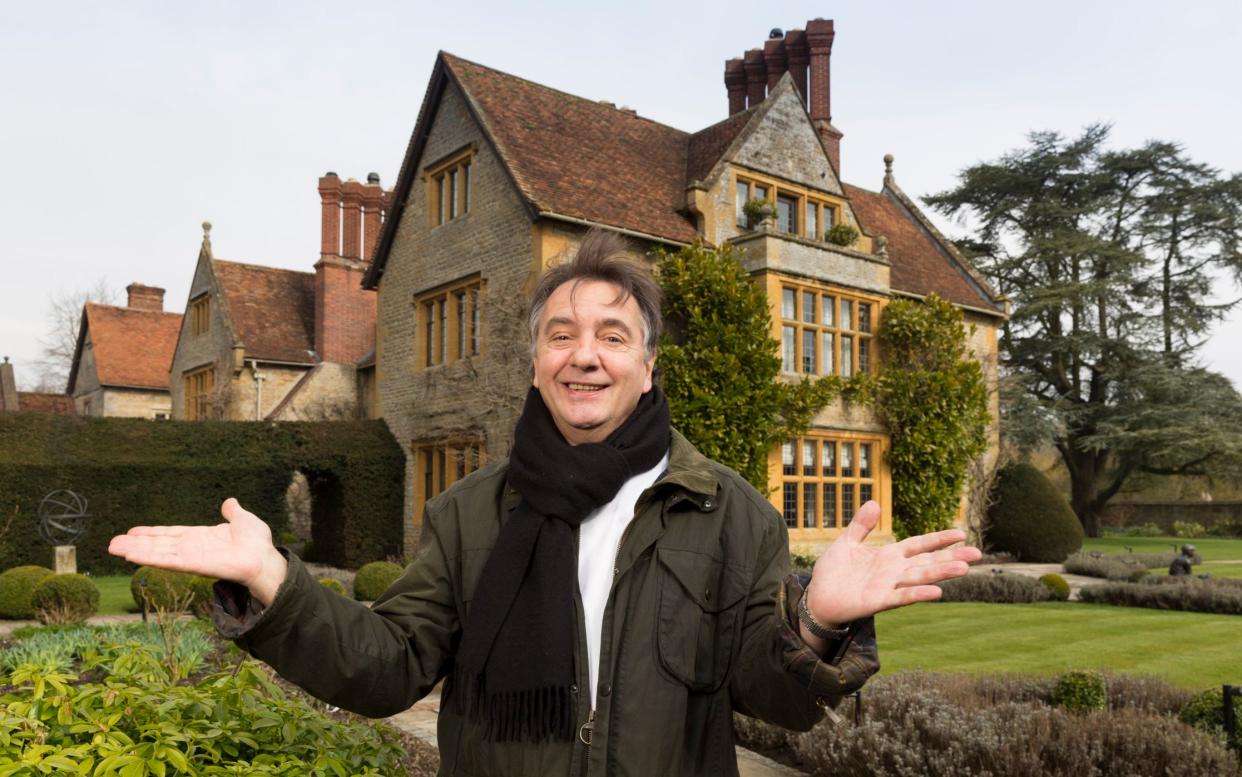
- Oops!Something went wrong.Please try again later.
- Oops!Something went wrong.Please try again later.
- Oops!Something went wrong.Please try again later.
In August 2023, TV chef and restaurateur Michel Roux Jr announced he was closing Le Gavroche, one of London’s most iconic and longest standing restaurants. He had been there for 34 years; his father Albert 22 years before that. But the building lease was up for renewal and Roux decided to call it quits, “to spend more time with my family and on other business ventures”.
Three months on from its closure and Roux has done just that (he’ll open Chez Roux at The Langham in the capital in May) but restaurateurs are still reeling from the shock of losing such a stalwart. It felt like a bellwether for Britain’s hospitality industry, which in 2023 saw a total of 1,932 restaurants go bust – a 45 per cent increase on 2022. A spate of high-profile closures followed this year.
Yet this is also the year in which several restaurants will mark significant anniversaries – including Raymond Blanc’s Le Manoir aux Quat’Saisons, which turns 40 – and which sees the return of one of Britain’s most celebrated restaurateurs, Jeremy King. These places have weathered Covid, strike action, cash-strapped consumers, rising interest rates and the end in government support for energy bills and food inflation – but how? The answer cannot simply be good food and good service, for plenty of restaurants offer that and struggle to break even.
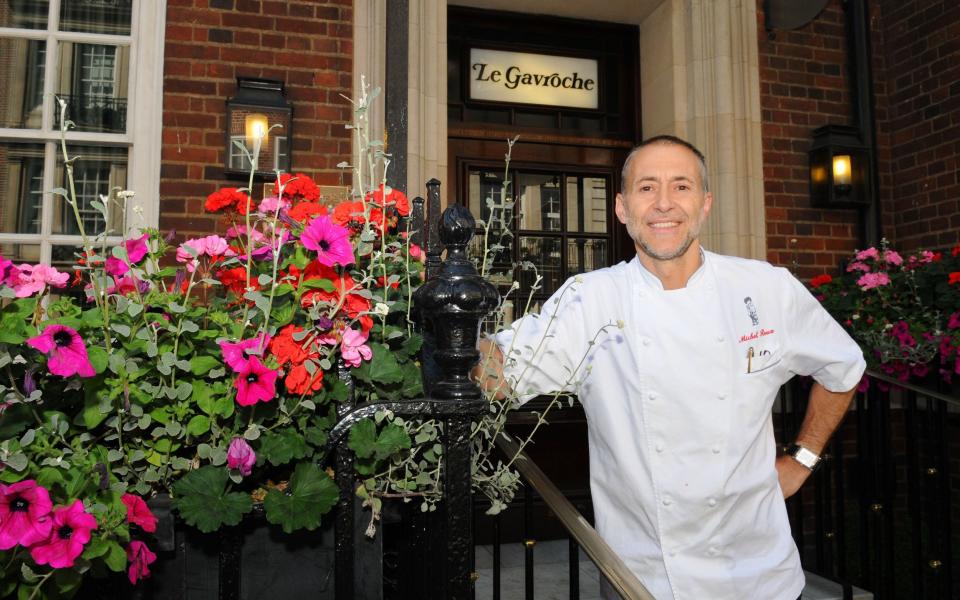
What, then, is their secret?
“If any one thing dominates, that can shorten a restaurant’s life,” says Jeremy King, who ran institutions including The Wolseley and Colbert for 19 years and has recently returned to the site of Le Caprice, which he launched in 1981, with his new place, Arlington.
“If food is too rarefied, the service over-attentive or the music too noticeable, then it won’t suit certain occasions,” continues the veteran restaurateur. “Restaurants that last are those which facilitate a whole gamut of things: first dates, meeting friends, a reunion, work meeting, anniversary – even a divorce.”
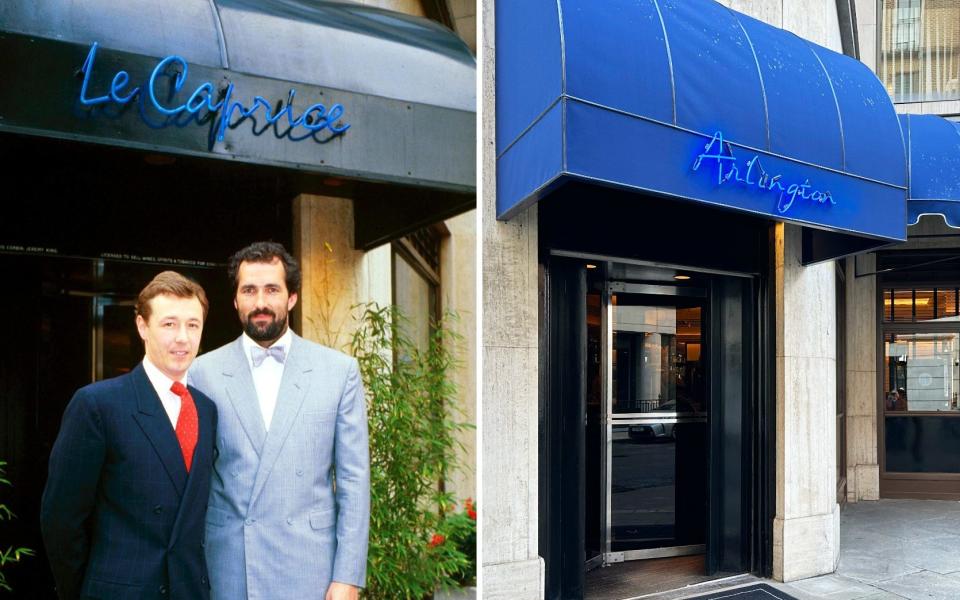
The staff: in it for the long run
Staff are central to this approach, King believes. If running a restaurant is “a question of alchemy”, as he puts it, then the people are its philosopher’s stone. “They are a restaurant’s biggest expense, and for good reason.”
From the moment customers arrive at Le Manoir aux Quat’Saisons, Blanc’s pre-eminent Oxfordshire hotel, “every member of the team plays their part to make sure their visit is memorable and exceptional”, says the chef who has held two Michelin stars there for 39 of the 40 years it has been running. “Our training for every single new employee is so thorough and we always put teaching, and passing on knowledge, high on the agenda.”
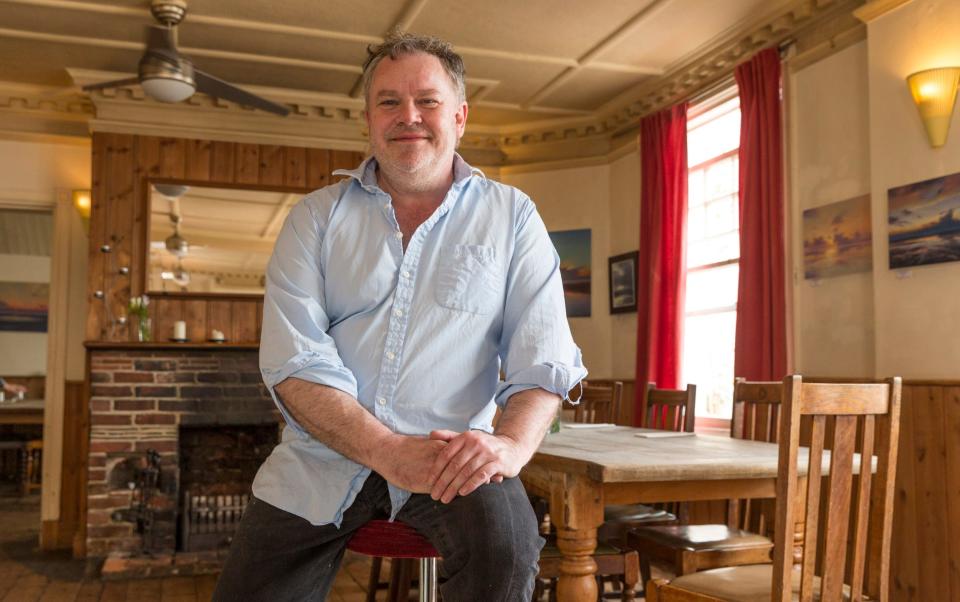
It’s no coincidence that every one of the chefs and restaurateurs I speak to boast staff members who have worked there for decades. Gone – for the most part – are the days when restaurants were serviced by students and jobbing actors. Being a chef or a floor manager is now a viable career path. “I employ people on a wage on which they can afford houses and cars,” says Stephen Harris, chef-owner of The Sportsman in Whitstable, which this November turns 25.
Harris’s head chef has been with him for 24 years. Richard Corrigan, who took over Bentley’s Oyster Bar in 2005, has had his head chef for 20. King’s team at Arlington is almost entirely made up of people who worked with him at Le Caprice and The Wolseley back in the day.
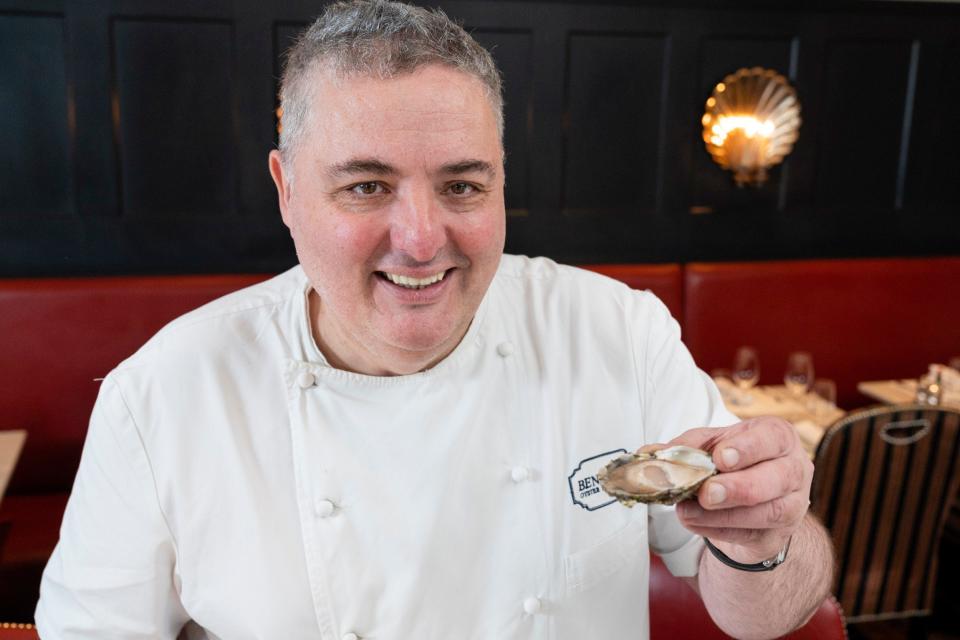
Every restaurateur I speak to furloughed their staff during Covid – at considerable cost to themselves when government money was slow. “It meant when we were ready to reopen, we reopened with a full, familiar team,” says Lucy Hjort of Melton’s in York (35 next year), where she has been floor manager since the very start. “I’m as enthusiastic about it now as I was on day one.”
These familiar faces are fundamental to securing regular customers, which in turn are the lifeblood of any restaurant that hopes to last more than a year. “I don’t think any restaurant can last for any length of time with purely new people coming in,” says The Telegraph’s restaurant critic William Sitwell. Guests drawn in by something they saw on Instagram will not, then, guarantee long-term success.
The updates: invisible to the customer
“It’s consistency that keeps people coming back,” suggests Sitwell, rather than revolutionary menu changes, refurbs or fashion, though you “have to understand its whims”. Think of it like puberty, says James Chiavarini, whose restaurant Il Portico in Kensington, London, will have been running for 60 years next year. “It’s terrifying for most people because it takes too short a period of time. [In restaurants] changes have to be evolutionary, not revolutionary, if you’re going to avoid upsetting customers who want to feel like things haven’t changed in 50 years.”
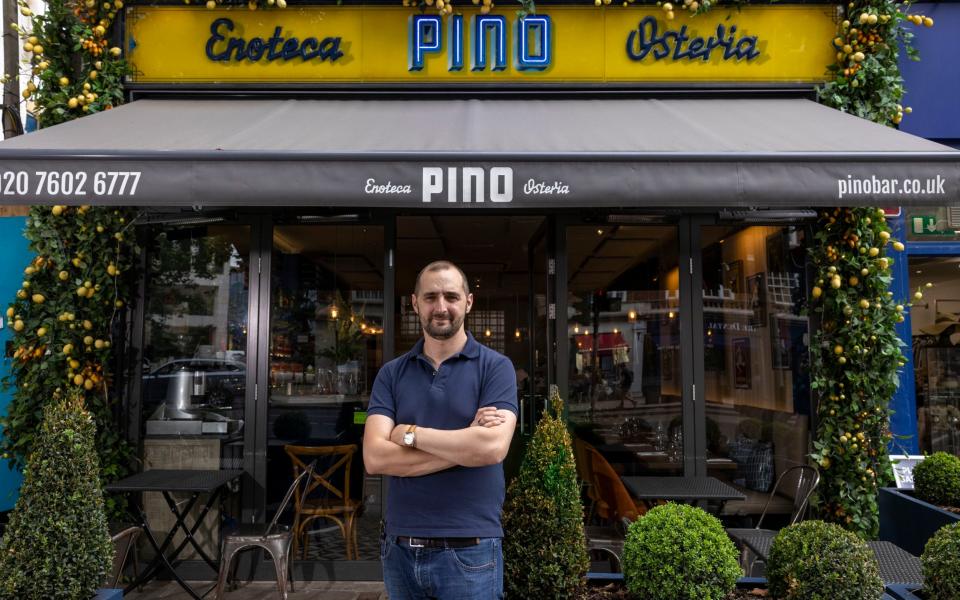
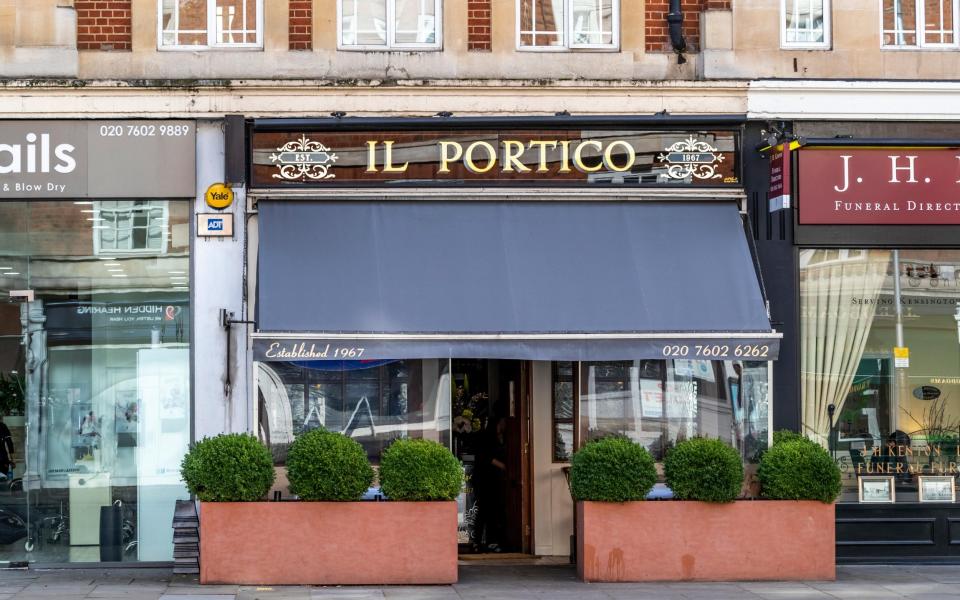
This is also true of a venue’s design, which industry insiders believe should evolve so gradually as to go unnoticed by all but the most discerning guests. “People think Arlington hasn’t changed at all but there’s very little left that existed in the 80s and 90s, when it was Le Caprice,” says King. Meanwhile the food at long-standing restaurants must subtly improve whilst retaining its original essence. Corrigan’s fish pie, Raymond Blanc’s baked scallops, bang bang chicken at the Arlington – all have been invisibly refined over time. “You could use a better olive oil, a better seasoning,” says King, “but the dish is intrinsically the same.”
The buzz: fuelled by staff charisma
“Think about the places you go back to again and again – what is it you go back for?” Chiavarini asks. At my favoured local the wine is good, the beer Fuller’s, but I’m a regular because of the buzz and people behind the buzz, who know our order and are so woven into the fabric of the pub that when their shift ends they come over to our side of the bar.
“You can’t quantify that,” Chiavarini points out – but you can create it, Sitwell argues: “A place can only become an institution because somebody has manufactured it.” Jeremy King, James Chiavarini, Raymond Blanc, he argues, “are cool, interesting people who attract others to them, who go beyond fashion. There is a charisma to people who keep going for years.”
A regular of Il Portico, Ian Holloway, recalls walking past the restaurant during Covid (when indoor gatherings were banned) “and seeing James outside having a glass of wine with [another regular, the comedian] Al Murray. [James] beckoned me over and poured me a glass,” he recounts with a laugh. “He is a gregarious guy who gives you a family feeling” – a feeling that has had Holloway coming back to the Italian restaurant over some 15 years.
The ownership: hands-on
Chiavarini is the fourth generation to run Il Portico. Bentley’s, The Sportsman, Melton’s – all are restaurants whose “family feeling” derives at least in part from their being family-owned. “We don’t need to talk about it; we just know there are certain things we want doing, and done a particular way,” says Harris, who runs The Sportsman with his brother, Phil. “It’s part of our origin, which is ‘let’s keep it simple’. And we’re always around. I think all good businesses have the people who originally set it up still there.”
They’re there physically and financially, in the sense that they own and run their pub, rather than investors or a corporation. “When restaurants are run from the boardroom, that is often apparent,” says King. Instead, the hands-on approach can be seen with Hjort, front-of-house at Melton’s since day dot; with Corrigan, who reckons he hands out (on the house) “more champagne than any other restaurant”; and with Harris, who has never turned tables at The Sportsman, despite knowing it would make him more money.
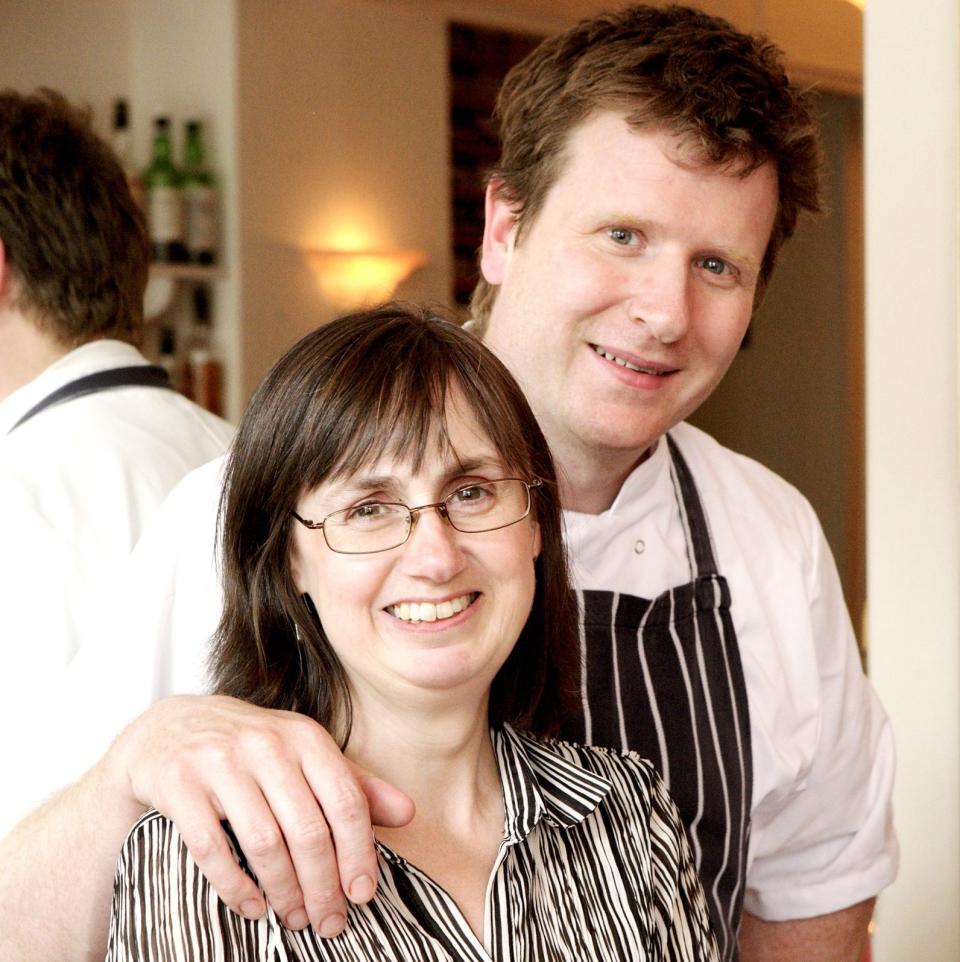
“If you look at people coming through the door in terms of how much money you can make, you’re destined for failure,” says King, “but if you remind yourself and your staff that you’re there to give them a good time, then you’ll make money anyway. There is a difference between owning a restaurant and being a restaurateur.”
In this, good fortune as well as good character is key. Hjort describes buying their restaurant building in York as “the best decision we ever made; there are no landlords breathing down our necks”. But in central London, where purchasing the property outright is unfeasible, even the best restaurateurs are beholden to their lease terms. Corrigan knows he is fortunate in having a landlord committed to Bentley’s survival.
The management: modest
All this being said, there is no one-size-fits-all formula to being an enduring restaurateur with an enduring business. And, admirable as the feats of these decades-old venues are, “one cannot talk longevity in restaurants without recognising that to stay open just six months is miraculous”, says Sitwell.
“Service is such an important luxury,” says Blanc, “and we are all team players, working together to look after our guests. We never stop learning.”
If there is a defining trait, then, among all those who run the country’s longest-standing restaurants (and who, though prompted to divulge their secrets here, were at pains to avoid hubris), it is “modesty”, Sitwell says. “They put their heads down, avoid the temptation to open new places every other minute, and keep ploughing on.”
Recommended
Peas in guacamole? The French chef bringing plant-forward cuisine to London

